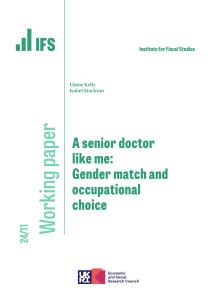There is little current information regarding the long-term persistence of health spending in the United States, in particular among the population aged under 65 (pre-Medicare eligibility). We describe and model the extent of persistence over a six-year period (2003–08) using medical and pharmacy claims for over 3 million employees, retirees and dependants derived from the Truven Health MarketScan database. Overall, substantial persistence in spending exists, particularly at the extremes of the distribution and for pharmaceutical spending. Error components models are estimated to separate transient from persistent variation in spending, and dynamic probit models are estimated to assess the predictive power of demographic and co-morbid conditions and prior high spending in determining the likelihood of future high spending. A better understanding of the persistence of health spending can inform the selection and evaluation of appropriate interventions to address high costs, and can help forecast the likelihood and severity of adverse selection in public and private programmes.








